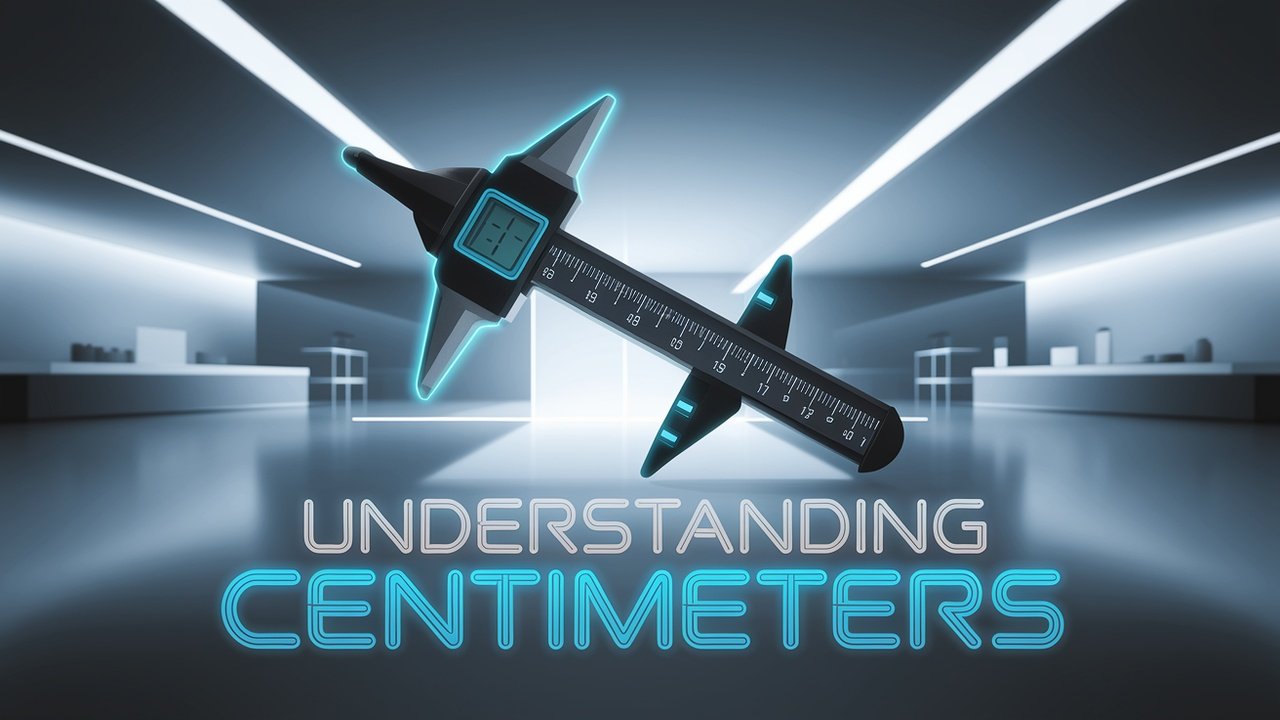The Challenge of Multivariable Calculus: How Hard is Calc 3?

Introduction
Calculus is often regarded as one of the most challenging branches of mathematics. After mastering the fundamentals of differentiation and integration in Calculus 1 and delving into advanced integration techniques and series in Calculus 2, students find themselves facing the next hurdle—Calculus 3. But how hard is Calculus 3?
Multivariable calculus, commonly referred to as Calculus 3, introduces a new level of complexity, requiring students to expand their understanding of functions beyond two dimensions. While some students may find it easier than Calculus 2, others struggle with the Multivariable abstract concepts and spatial reasoning required. This article explores the difficulties of Calculus 3, common challenges students face, and strategies to succeed in this demanding course.
Understanding the Scope of Calculus 3
Unlike previous calculus courses that primarily focus on single-variable functions, Calculus 3 deals with functions of multiple variables. The course typically covers:
- Partial derivatives: Extending the concept of derivatives to functions of multiple variables.
- Multiple integrals: Double and triple integrals, which require understanding volume and surface calculations.
- Vector calculus: Including vector fields, gradient, divergence, curl, and line integrals.
- Coordinate transformations: Working with polar, cylindrical, and spherical coordinate systems.
- Green’s, Stokes’, and Gauss’ theorems: Essential theorems in vector calculus that have applications in physics and engineering.
The introduction of multiple dimensions adds a layer of complexity that requires students to develop strong spatial reasoning and visualization skills.
What Makes Calculus 3 Difficult?

1. Increased Abstraction
One of the primary difficulties of Calculus 3 is the abstract nature of the material. Unlike single-variable calculus, which deals with functions in one-dimensional space, Calculus 3 requires students to visualize curves, surfaces, and volumes in two or three dimensions. Understanding how functions behave in three-dimensional space can be challenging, especially for those who Multivariable struggle with spatial reasoning.
2. Heavy Use of Linear Algebra Concepts
While not a formal prerequisite, a strong grasp of linear algebra can make Calculus 3 much easier. Topics such as vectors, matrices, and transformations are crucial in understanding multivariable calculus concepts. Many students who lack exposure to linear algebra find themselves struggling with vector operations and their applications in calculus.
3. More Complex Integrals
In Calculus 1 and 2, students primarily deal with single-variable integrals, which, while challenging, follow a set of well-defined techniques. In Calculus 3, integration extends to multiple dimensions, requiring students to set up and evaluate double and triple Multivariable integrals. Choosing appropriate coordinate systems (cartesian, cylindrical, or spherical) adds another level of difficulty, making integral evaluation more intricate.
4. Applications in Physics and Engineering
For students majoring in physics or engineering, Calculus 3 is particularly crucial, as it lays the foundation for understanding fields such as electromagnetism, fluid dynamics, and thermodynamics. However, the real-world applications of vector calculus can be difficult to grasp without a solid understanding of the underlying mathematical principles. Concepts such as divergence and curl, while essential in physics, may seem abstract and challenging to apply at first.
5. Theorems and Proofs
Another challenge in Calc 3 is the introduction of fundamental theorems like Green’s, Stokes’, and Gauss’ theorems. These theorems provide powerful tools for solving problems but require a deep conceptual understanding. Unlike earlier calculus courses where problems are more procedural, Calculus 3 demands logical reasoning and a higher level of mathematical maturity.
How to Succeed in Calculus 3

1. Develop Strong Visualization Skills
Since Calc 3 involves working in multiple dimensions, developing the ability to visualize surfaces and vector fields is essential. Using 3D graphing tools, such as Desmos or GeoGebra, can help students gain a better understanding of how functions behave in space. Drawing sketches of graphs and level curves can also aid comprehension.
2. Strengthen Your Linear Algebra Foundation
Having a basic understanding of linear algebra can make topics like vector operations, transformations, and eigenvalues much more approachable. If your math background is lacking in this area, consider reviewing the fundamentals of vectors, dot products, cross products, and matrices before diving into Calculus 3.
3. Master Partial Derivatives and Multiple Integrals
Since differentiation and integration are the core operations in calculus, understanding how they extend to multiple variables is crucial. Practice finding partial derivatives and setting up multiple integrals in different coordinate systems. Pay attention to the limits of integration and how they change when switching coordinate systems.
4. Understand the Theorems Conceptually
Rather than memorizing formulas, focus on understanding what Green’s, Stokes’, and Gauss’ theorems mean conceptually. Work through proofs and examples to see how they connect to vector fields and real-world applications. This approach will make it easier to apply these theorems in different contexts.
5. Seek Additional Resources
If you find yourself struggling, don’t hesitate to seek help. Online platforms like Khan Academy, MIT OpenCourseWare, and Paul’s Online Math Notes provide excellent explanations and practice problems. Additionally, forming study groups and attending office hours can help reinforce difficult concepts.
6. Work on Plenty of Practice Problems
As with any math course, practice is key. Work through a variety of problems to solidify your understanding. Pay attention to different problem-solving techniques and learn how to approach problems from multiple angles.
Conclusion
So, how hard is Calculus 3? The difficulty largely depends on your mathematical background and ability to visualize multi-dimensional concepts. While some students find it more intuitive than Calculus 2, others struggle with the abstraction and complexity of multiple variables. However, with the right strategies—strong visualization skills, a solid foundation in linear algebra, and consistent practice—students can successfully navigate Calculus 3 and develop a deeper understanding of advanced calculus concepts.
While it may be challenging, Calculus 3 is an essential course for anyone pursuing a career in mathematics, physics, engineering, or computer science. Mastering its concepts will not only prepare you for future mathematical endeavors but also provide valuable problem-solving skills applicable in various fields.





